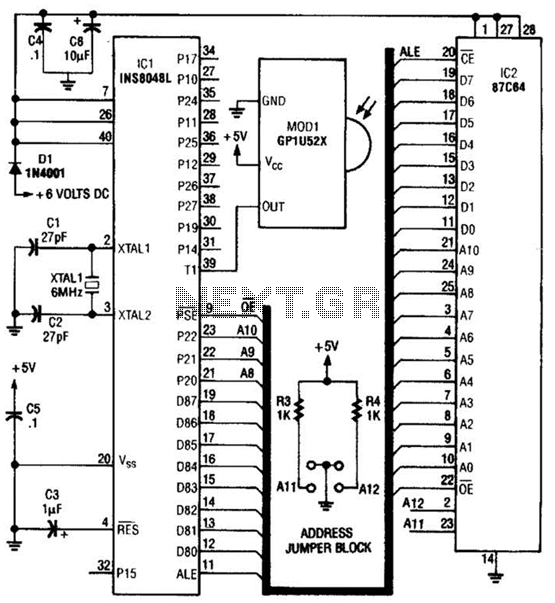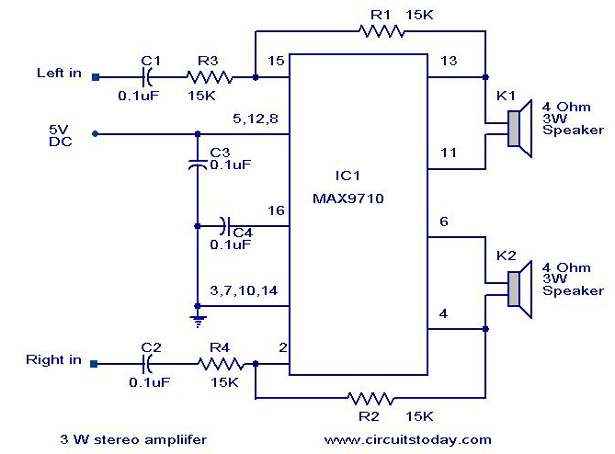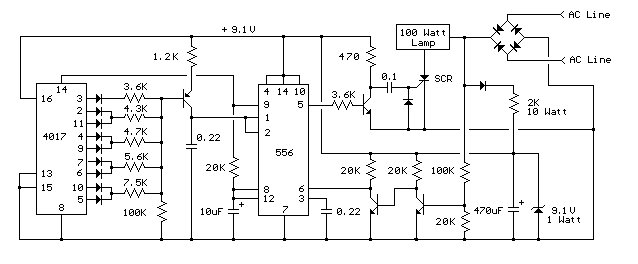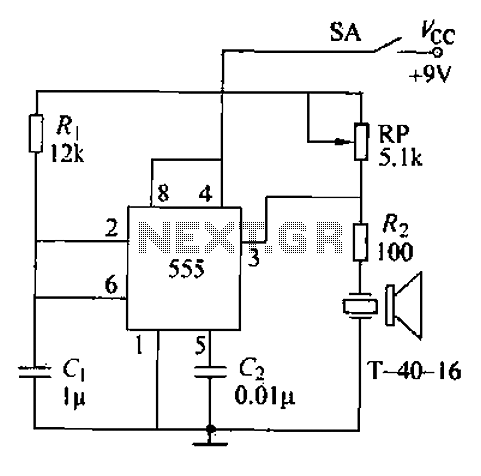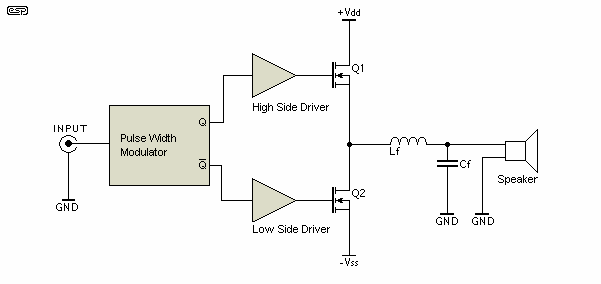
AC Drill Speed Controller Circuit
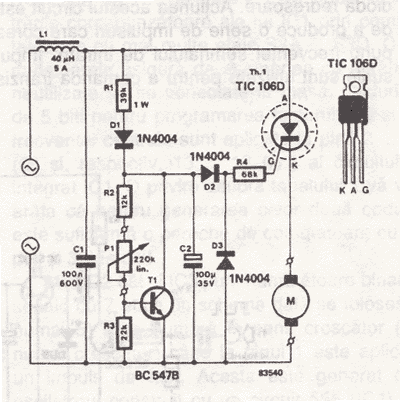
This AC drill speed controller circuit schematic allows for the control of the drilling speed of a borer or drilling machine. This project is based on the principle that...
The AC drill speed controller circuit is designed to modulate the speed of an AC-powered drill or borer, enhancing operational versatility and efficiency. The schematic typically incorporates a triac-based phase control method, which adjusts the power delivered to the motor by altering the phase angle of the AC waveform.
Key components of the circuit usually include a triac, a diac for triggering, resistors, capacitors, and a variable resistor (potentiometer) for speed adjustment. The triac serves as a switch that can control the current flow to the motor, while the diac ensures that the triac is triggered at the appropriate phase angle, thus controlling the effective voltage applied to the motor.
The circuit operates by allowing a portion of the AC waveform to pass through to the motor. By adjusting the potentiometer, the user can change the trigger point of the diac, which in turn modifies the phase delay, resulting in a variable speed output. This capability is particularly advantageous for tasks requiring different drilling speeds, such as when working with various materials or when precision is necessary.
Safety features may also be incorporated into the design, including fuses or circuit breakers to prevent overload conditions, as well as thermal protection to guard against overheating of the motor. Additionally, ensuring proper heat dissipation for the triac is crucial, often requiring a suitable heat sink.
Overall, this AC drill speed controller circuit schematic is a practical solution for enhancing the functionality of drilling equipment, making it suitable for a wide range of applications in both professional and DIY settings.This AC drill speed controller circuit schematic allows to control the holing speed of your borer or driller machine. This project is based on the fact tha.. 🔗 External reference
The AC drill speed controller circuit is designed to modulate the speed of an AC-powered drill or borer, enhancing operational versatility and efficiency. The schematic typically incorporates a triac-based phase control method, which adjusts the power delivered to the motor by altering the phase angle of the AC waveform.
Key components of the circuit usually include a triac, a diac for triggering, resistors, capacitors, and a variable resistor (potentiometer) for speed adjustment. The triac serves as a switch that can control the current flow to the motor, while the diac ensures that the triac is triggered at the appropriate phase angle, thus controlling the effective voltage applied to the motor.
The circuit operates by allowing a portion of the AC waveform to pass through to the motor. By adjusting the potentiometer, the user can change the trigger point of the diac, which in turn modifies the phase delay, resulting in a variable speed output. This capability is particularly advantageous for tasks requiring different drilling speeds, such as when working with various materials or when precision is necessary.
Safety features may also be incorporated into the design, including fuses or circuit breakers to prevent overload conditions, as well as thermal protection to guard against overheating of the motor. Additionally, ensuring proper heat dissipation for the triac is crucial, often requiring a suitable heat sink.
Overall, this AC drill speed controller circuit schematic is a practical solution for enhancing the functionality of drilling equipment, making it suitable for a wide range of applications in both professional and DIY settings.This AC drill speed controller circuit schematic allows to control the holing speed of your borer or driller machine. This project is based on the fact tha.. 🔗 External reference
Warning: include(partials/cookie-banner.php): Failed to open stream: Permission denied in /var/www/html/nextgr/view-circuit.php on line 713
Warning: include(): Failed opening 'partials/cookie-banner.php' for inclusion (include_path='.:/usr/share/php') in /var/www/html/nextgr/view-circuit.php on line 713
